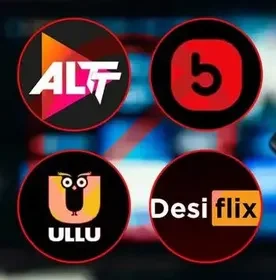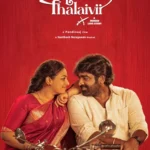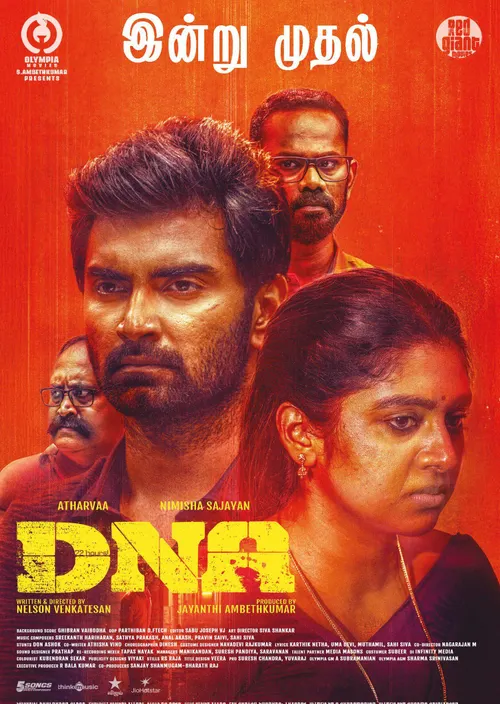On July 25, 2025, the Indian government took a significant step in regulating digital content by banning over 20 Over-The-Top (OTT) platforms, including popular apps like ALTT and ULLU. This decision was made in response to concerns regarding the portrayal of obscene content and the indecent representation of women in various shows and films available on these platforms. The move has sparked widespread discussions about censorship, freedom of expression, and the responsibilities of content creators in the digital age.
Background of the Ban
The ban on these OTT platforms comes amid growing scrutiny of digital content in India. With the rapid rise of streaming services, there has been an increase in complaints from various quarters regarding the nature of content being produced. The Ministry of Information and Broadcasting cited the need to protect societal values and uphold the dignity of women as primary reasons for this crackdown. The decision reflects a broader trend of tightening regulations on digital media, aiming to ensure that content aligns with cultural and moral standards.
List of Banned Platforms
The list of banned OTT platforms includes well-known names such as ALTT, ULLU, MoodX, and Desiflix, among others. These platforms have gained popularity for their bold storytelling and adult-themed content, which has often crossed the line into what some consider inappropriate. The government’s action is seen as a response to public outcry and a push for more responsible content creation in the digital space.
Impact on Content Creators and Consumers
The ban has significant implications for content creators and consumers alike. For creators, it raises questions about the limits of artistic expression and the potential for self-censorship. Many filmmakers and writers argue that the restrictions could stifle creativity and limit the diversity of stories being told. On the other hand, consumers who enjoy the content offered by these platforms may feel deprived of their viewing choices, leading to frustration and disappointment.
Moreover, the ban could lead to a shift in how content is produced and distributed. Creators may need to adapt their storytelling to comply with stricter guidelines, potentially resulting in a more sanitized version of narratives that previously explored complex themes. This could also push some creators to seek alternative platforms or methods of distribution, such as independent films or web series that operate outside the purview of government regulations.
Public Reaction and Debate
The public reaction to the ban has been mixed. While some support the government’s efforts to regulate content and protect societal values, others view it as an infringement on freedom of expression. Critics argue that the government should focus on empowering viewers to make informed choices rather than imposing blanket bans. This debate highlights the ongoing tension between censorship and artistic freedom in India, particularly in the context of rapidly evolving digital media.
Social media platforms have become a battleground for these discussions, with users expressing their opinions on the implications of the ban. Many have called for a more nuanced approach to content regulation that considers the diversity of audience preferences and the importance of creative freedom.
The Future of OTT Content in India
As the landscape of OTT content continues to evolve, the recent ban raises important questions about the future of digital media in India. Will more platforms face similar scrutiny, or will this be a one-time action? The government’s approach to regulating content will likely set a precedent for how other countries handle similar issues in the digital age.
Content creators may need to navigate a more complex regulatory environment, balancing their creative visions with the need to comply with government standards. This could lead to a more cautious approach to storytelling, where themes and narratives are carefully curated to avoid potential backlash.
Conclusion
The ban on ALTT, ULLU, and over 20 other OTT platforms marks a pivotal moment in the regulation of digital content in India. As the government seeks to uphold societal values and protect the dignity of women, the implications for content creators and consumers are profound. The ongoing debate surrounding censorship and artistic freedom will continue to shape the future of OTT content in India, as stakeholders navigate the delicate balance between regulation and creative expression. As audiences await the next steps in this evolving landscape, the conversation around responsible content creation and consumption remains more relevant than ever.
Sourashis Chanda brings readers their unique perspective on Business, Economy, Health and Fitness. With a background in Health and Physical Fitness of 2years, I am dedicated to exploring [what they aim to achieve with their writing, on the sustainable Economy of the country, various pro tips about business, latest goverment news, with some tips in health are and Fitness.







